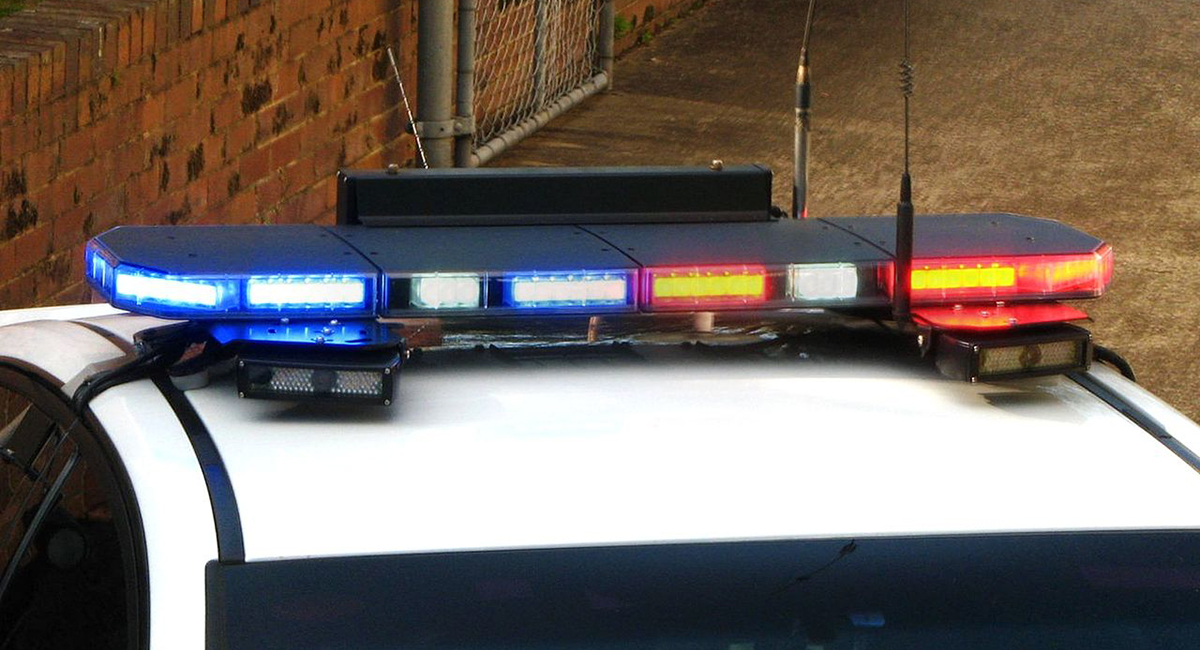License plate readers are likely not what most people imagine when they think of government surveillance. These specialty cameras don’t have the NSA-cyberpunk aesthetic like the technology from the Snowden movie, but the cameras still feel like they’re from a dystopian story. Automated license plate readers (ALPRs) are among the most common types of surveillance technology in the United States. With ALPRs becoming more widely used with few restrictions, it’s time for the Supreme Court to address the Fourth Amendment concerns with police use of this new technology.
Now in most major cities, ALPR technology takes pictures of passing cars, scans the license plate, and stores records of the time and location of the vehicle. By retaining the data, ALPRs track the movements of a person without their knowledge or consent.
Out in the wild, ALPRs are already creating serious problems. Recent examples include misidentifying drivers leading to gunpoint stops, a man’s loss of the use of his arm, a Massachusetts officer misusing the tool to stalk ex-lovers, and a New Jersey officer using the technology to intimidate a man for “befriending the ex-girlfriend of one of the officers.”
Concerns also pop up with regard to the records created by ALPRs and their impact on civil liberties in general. In Long Beach, California, ALPR systems were used by federal immigration enforcement, skirting California state sanctuary laws.
During a commission meeting in Oakland in 2021, it was revealed that the local police department had given the FBI unrestricted access to license plate data, which was a violation of the city’s policy. In the past, there have been instances of license plate databases being used for nefarious purposes. For example, a police officer in Washington, D.C., admitted to using such a database to extort individuals whose cars were seen at a gay nightclub.
In addition, Virginia State Police officers were found to have used ALPRs to scan the license plates of vehicles at rallies for Barack Obama and Sarah Palin in 2008. Furthermore, in 2010, US Immigration and Customs Enforcement (ICE) reportedly used scans from local law enforcement to record the license plates of vehicles at a gun show. These examples illustrate the potential for abuse of license plate databases and the importance of proper oversight and regulation to ensure that they are not misused.
Government tracking innocent people without their consent through the use of ALPR technology and using this data in the future triggers serious Fourth Amendment questions.
First, an obvious point—cars on the street are visible to the public. Taking pictures of license plates on public roads is not normally against the law because people driving on public roads do not generally have a right to privacy with respect to the outside of their car. In United States v. Knotts (1983), the Supreme Court dealt with this issue and ruled that visual surveillance, like taking pictures of license plates, does not violate the law.
So how could this process be unconstitutional?
The practice may fall under a Fourth Amendment legal doctrine called “mosaic theory.” The mosaic theory holds that the government cannot put together a picture of a person’s life by collecting bits and pieces of information without a warrant. Even if collecting an individual data point on a person’s location is not unconstitutional per se, when many data points are connected over time, that surveillance could amount to a Fourth Amendment search.
Jessica Gutierrez-Alm, a private practice attorney, explained, “The mosaic theory encompasses the idea that individual pieces of otherwise unimportant information, when grouped together, can amount to important intelligence information that requires high-level confidential treatment.”
Consider this argument in the context of two landmark privacy cases, United States v. Jones (2012) and Carpenter v. United States (2018).
In Jones, police put a GPS tracker on Jones’s vehicle. The Supreme Court had to answer the question, did the warrantless use of a GPS tracker on Jones’s car violate Jones’s Fourth Amendment rights? Answering yes, the Supreme Court ruled that it was unconstitutional, even if it were the case of the police only tracking Jones’s car on public roads. The Supreme Court relied on a property rights approach to privacy, arguing the placement of a GPS tracker on Jones’s vehicle constituted a search.
Now take the Carpenter case. In Carpenter, the FBI tracked down several men in connection with an armed robbery using cellphone tracking and monitoring techniques, or what is sometimes referred to as a “tower dump.” This technique involves the phone service provider triangulating signals to calculate the cellphone’s bearings with the distance between the cellphone and three or more cell towers.
Data from tower dumps can be used to track a person’s whereabouts and patterns of travel. It’s not technically GPS technology, but it leads to the same result—a person’s geographic location is recorded and can be subsequently tracked.
Carpenter, which relied on a Katz-based reasonable expectation of privacy analysis, expands on previous case law and rulings like Jones, by ruling the government cannot use warrantless, historical phone records to retrace a person’s steps.
The cases of Jones and Carpenter prevent the government from engaging in warrantless searches through real-time GPS tracking or by requests for geolocation records held by cellular companies to determine a pattern of travel.
Much like the geolocation history of a cell phone, ALPR images create an extensive log that can be used to determine the habits and patterns of travel. ALPR readings mark the geographic location of a car and apply a time stamp. Depending on how the ALPRs are set up, the direction and speed of the car can also be deduced. ALPR records also serve as a pseudo-GPS map.
Some might argue ALPRs are only collecting data on vehicles, not on people. The mosaic theory suggests otherwise. ALPRs are continually scanning and recording car movements. Thus, the data collected can be compiled to track a vehicle’s movements over time. This shows not just where a vehicle has been, but where its driver has been. This violates an individual’s privacy rights.
The privacy risk is real. It is foolish to think troves of data cannot reveal intimate details of people in constitutionally sensitive areas. MIT researchers showed 90 percent of people could be identified with just four samples of “anonymous” credit card records over thirty days. Driving patterns are like fingerprints. They can reveal things like religion and place of worship, romantic partners, exes, and political persuasions.
The Massachusetts Supreme Court recently discussed the applicability of the mosaic theory. In Commonwealth v. McCarthy (2020) the court held that not enough data had been collected by the ALPRs to create a detailed enough picture of the driver’s movements. However, the court warned if more cameras were used, then a Fourth Amendment search could be triggered.
Other cases have been decided in favor of the police. United States v. Yang (2020), heard by the Ninth Circuit Court of Appeals, and Uhunmwangho v. State (2020) from the Texas Ninth District Court of Appeals are two recent cases in which judges ruled against defendants because the cars in those cases were scanned only once—not sufficient to constitute a mosaic theory search. However, in both opinions, the courts warned that if more cameras were used, then a Fourth Amendment search could be triggered because this would allow law enforcement to reconstruct past movements.
The constitutional uncertainty of ALPRs is a problem because in cities, such as the metropolitan areas of California, ALPRs saturate the roads. For example, a heat map of Oakland’s ALPR use, obtained by the Electronic Frontier Foundation, shows nearly the entire city is covered. The city has roughly thirty-five mobile ALPRs mounted on police vehicles that patrol the city. With that many data points, combined with the long data retention typical of some police departments, many ALPRs records may amount to a Fourth Amendment search under mosaic theory.
Unfortunately, the mosaic theory is not likely to be adopted anytime soon. Without a federal circuit split, the theory is unlikely to make an appearance before the Supreme Court. However, the makeup of the current Supreme Court is favorable toward a positive ruling in favor of privacy rights in relation to law enforcement’s use of ALPRs.
Although a Supreme Court ruling is not imminent, the dangers associated with data collection raised by the mosaic theory should give policy makers reason to strengthen—not weaken—guardrails surrounding the acquisition and use of this data.









